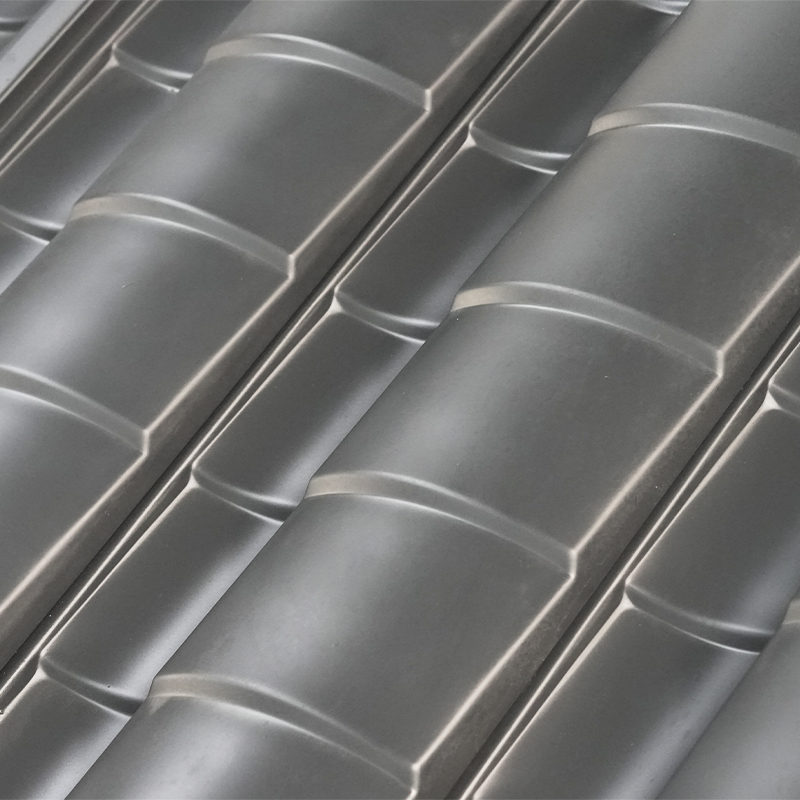Composite aluminum roofing tiles are widely recognized for their superior resistance to corrosion and rust, making them an ideal choice for roofs in diverse climates. Unlike traditional steel or iron roofing, aluminum provides a naturally protective oxide layer that prevents oxidation, while additional coatings and composite layers further enhance durability and longevity.
Content
Aluminum Core and Natural Oxidation Protection
The primary layer of composite aluminum roofing tiles is aluminum, which naturally forms a thin oxide layer when exposed to air. This layer acts as a barrier against moisture, oxygen, and other corrosive elements. Even if the surface is scratched, the aluminum quickly reforms the oxide layer, maintaining protection against rust and corrosion.
Advantages of Aluminum Core
- Self-healing oxide layer prevents long-term corrosion
- Lightweight, reducing stress on roof structure
- Highly durable under humid, coastal, or rainy conditions
- Resistant to rust without requiring frequent maintenance

Protective Coatings for Enhanced Corrosion Resistance
To further improve resistance against environmental factors, composite aluminum roofing tiles are coated with specialized protective layers. These coatings prevent oxidation, chemical corrosion, and damage from UV rays. Common coatings include polyester paints, fluorocarbon coatings, and nano-protective layers that provide a long-lasting barrier against moisture and pollutants.
Benefits of Protective Coatings
- Prevents corrosion caused by acid rain or industrial pollutants
- Reduces the risk of surface oxidation and color fading
- Extends the service life of the roofing tile significantly
- Maintains aesthetic appearance even in harsh climates
Composite Layers and Corrosion Prevention
Composite aluminum roofing tiles often integrate additional layers, such as polymer cores, mineral coatings, or insulating foams. These layers protect the aluminum core from direct exposure to moisture, acidic conditions, or mechanical damage. By combining aluminum with protective composite layers, these tiles achieve corrosion resistance far superior to uncoated or single-layer metals.
Common Composite Components for Corrosion Resistance
- Polymer or resin layers that prevent moisture penetration
- Stone-coated surfaces for weatherproofing and chemical resistance
- Insulating layers that reduce thermal stress on metal
- Nano-protective layers for resistance to micro-abrasions and environmental pollutants
Comparison of Corrosion Resistance by Material Layer
The following table summarizes how each material layer in composite aluminum roofing tiles contributes to corrosion and rust resistance.
| Material | Corrosion Resistance | Function | Key Benefit |
| Aluminum Core | Very High | Structural base layer | Self-healing oxide layer prevents rust |
| Protective Coating | High | Surface protection | Blocks moisture, UV, and pollutants |
| Composite / Polymer Layer | Moderate to High | Barrier layer | Prevents water penetration and mechanical damage |
| Mineral or Stone Coating | High | Weatherproofing and aesthetics | Protects against chemical and environmental exposure |
Performance in Different Environments
Composite aluminum roofing tiles maintain corrosion resistance across various climates. They are highly effective in humid or coastal areas, where salt and moisture accelerate rust in other metals. They also perform well in acidic or industrial environments, where protective coatings and composite layers prevent chemical damage. This makes them a long-term, low-maintenance solution for diverse roofing applications.
Conclusion
Composite aluminum roofing tiles are highly resistant to corrosion and rust due to the combination of an aluminum core, protective coatings, and composite layers. These materials work together to prevent oxidation, chemical damage, and environmental degradation. Choosing composite aluminum tiles ensures long-lasting durability, minimal maintenance, and reliable protection in even the harshest weather conditions.




 English
English русский
русский Español
Español عربى
عربى















